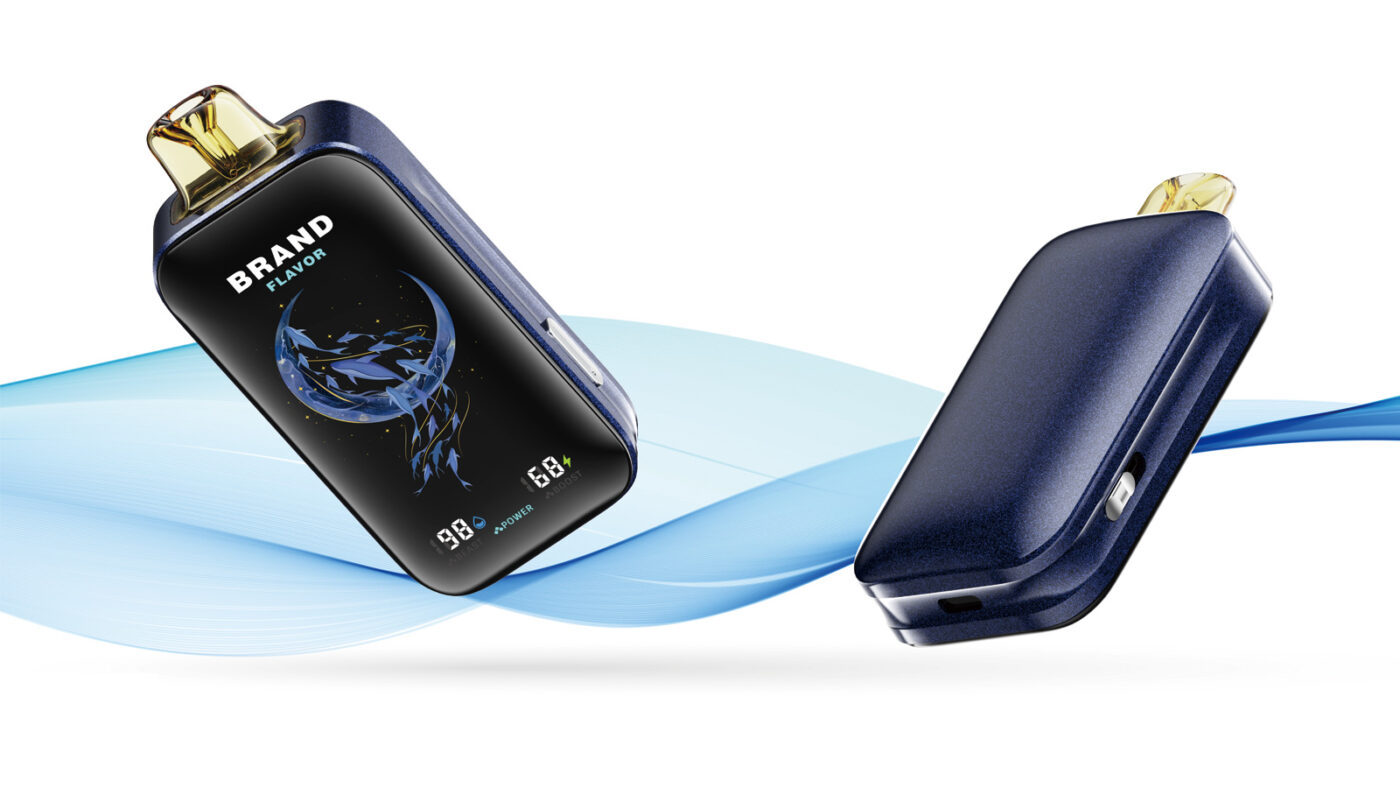The integration of digital screens has transformed e-cigarettes from simple nicotine delivery devices into sophisticated gadgets, creating both opportunities and challenges for the industry.
The evolution of electronic cigarettes has been nothing short of remarkable. From their humble beginnings as basic vaporization devices, they have transformed into technologically advanced gadgets. At the heart of this transformation lies the integration of digital screens, which have revolutionized user interaction and device functionality.
Current Screen Technology Trends
OLED Displays
Modern e-cigarettes increasingly feature high-resolution OLED screens that offer crisp, clear information even in direct sunlight. These energy-efficient displays provide vital data at a glance.
Touch Interfaces
Many premium devices now incorporate touch screen controls, allowing users to navigate settings, adjust temperature, and monitor usage with intuitive gestures.
Customization Options
Screens now enable extensive personalization, from interface themes to data display preferences, enhancing user experience and device attachment.
Data Tracking
Advanced screens display real-time usage statistics, puff counts, and battery analytics, helping users monitor and potentially reduce their consumption.
Industry Challenges
Regulatory Pressures
As screens make devices more appealing, regulators worldwide are scrutinizing their potential to attract younger users. Compliance with varying international regulations presents significant design challenges.
Battery Life Concerns
High-resolution screens consume substantial power, creating engineering challenges in balancing display quality with acceptable battery duration between charges.
Durability Issues
Screen breakage remains a significant problem for manufacturers, as glass displays are vulnerable to impacts from drops and everyday use, leading to higher failure rates.
Cost Considerations
Implementing quality displays increases manufacturing expenses, creating pricing challenges in an increasingly competitive market while maintaining profitability.
Future Directions
Looking ahead, we can expect to see several developments in e-cigarette screen technology:
- Integration with mobile applications for enhanced tracking and control
- Development of more durable, scratch-resistant screen materials
- Implementation of low-power display technologies to extend battery life
- Adaptive interfaces that change based on user preferences and habits
- Potential incorporation of biometric sensors for health monitoring
Conclusion
Screen technology has fundamentally transformed the e-cigarette experience, offering users unprecedented control and information. However, manufacturers face significant challenges in balancing technological innovation with practical concerns around battery life, durability, cost, and regulatory compliance. The future will likely see continued innovation as companies strive to differentiate their products while addressing these complex challenges.

